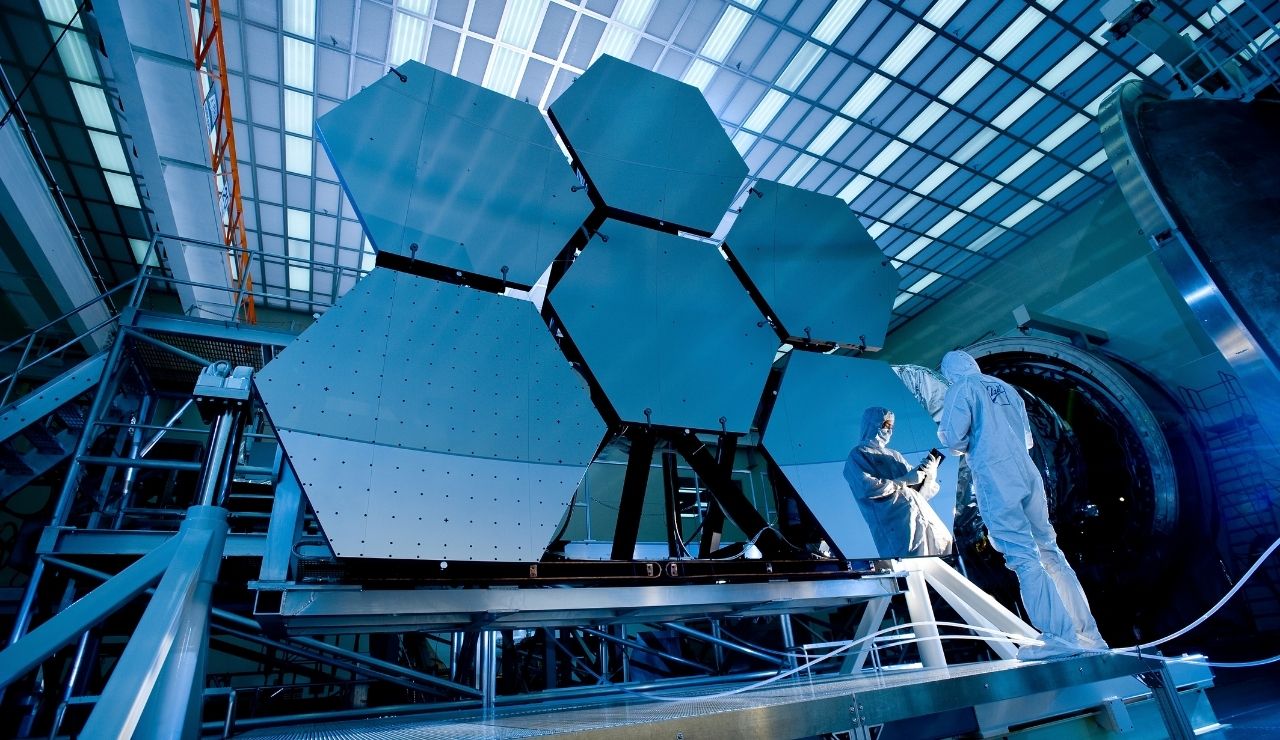Much of the universe was once completely out of reach, hidden by distance or obscured by cosmic dust. The James Webb Telescope changed that. It revealed galaxies from the earliest moments of the universe, traced the formation of stars, and captured signs of water in places no one expected. Each discovery has shifted what we understand about space and exposed new questions science has yet to answer.
1. First Glimpse of the Oldest Galaxies
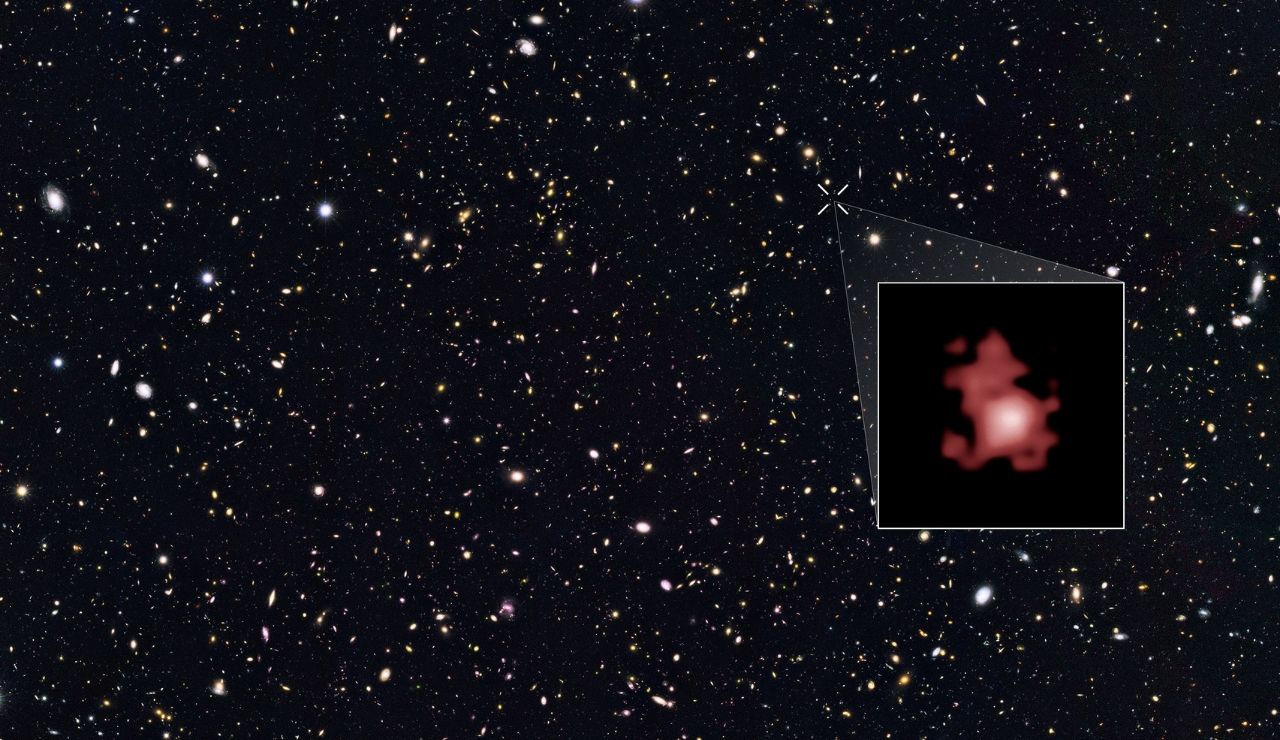
James Webb spotted galaxies that formed just 300 million years after the Big Bang, much earlier than expected. Their structures showed more complexity than current theories predicted for that time. This finding pushed scientists to rethink how quickly galaxies could form. Webb’s deep field images helped uncover a previously invisible period of cosmic history.
2. Atmospheres of Distant Exoplanets
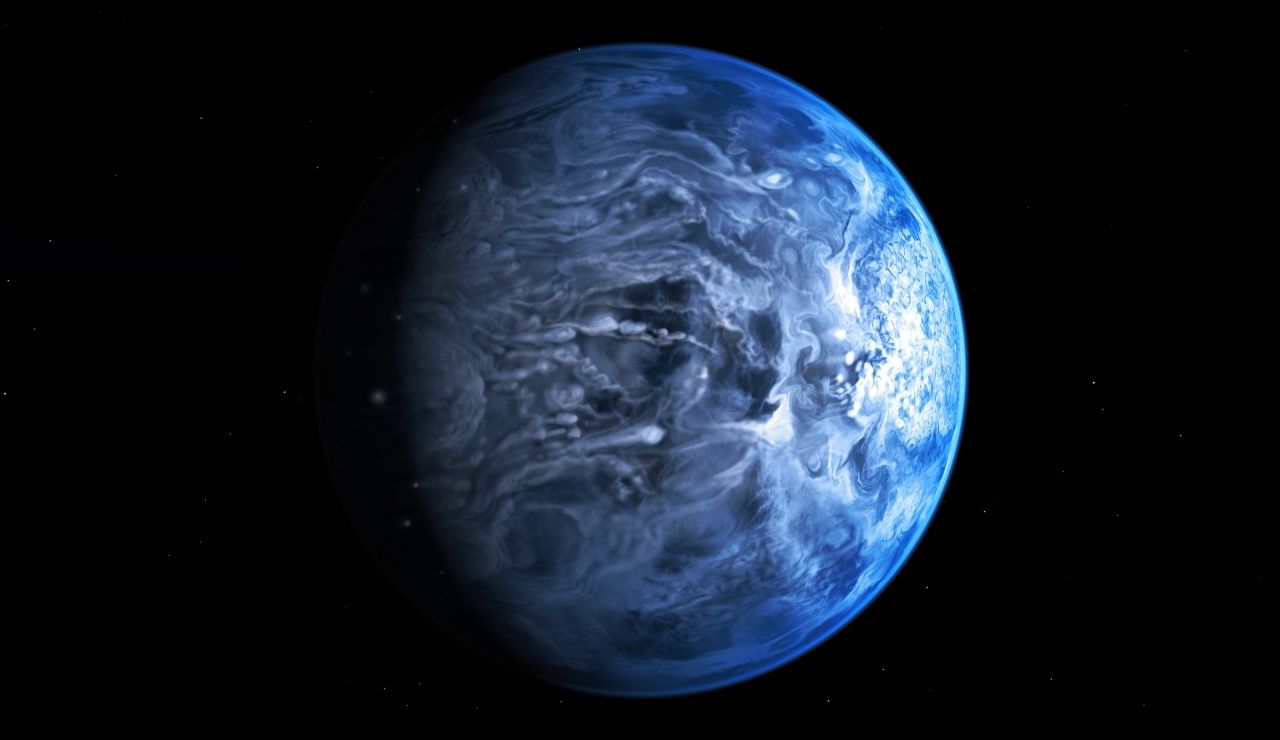
The telescope detected clouds, water vapor, and other molecules in the atmospheres of exoplanets light-years away. For the first time, researchers could analyze distant worlds with real data instead of assumptions. One planet even showed signs of carbon dioxide, marking a step closer to finding habitable conditions beyond Earth.
3. Star Formation Inside Nebulas
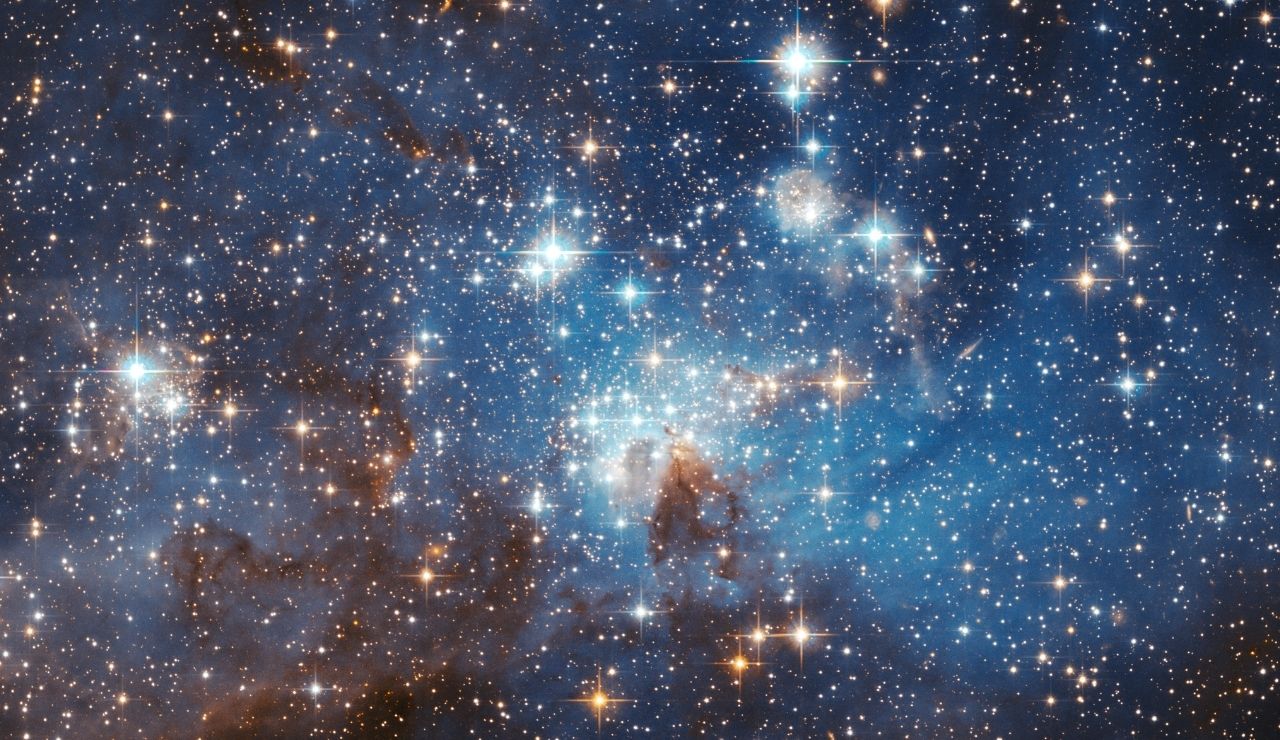
Images from James Webb revealed how stars form within dusty clouds like the Pillars of Creation. Unlike past telescopes, it could see through the dust using infrared light, showing newborn stars and collapsing gas in real time. These observations helped explain how stars grow and why some clouds trigger faster formation than others.
4. Giant Black Holes in Early Galaxies
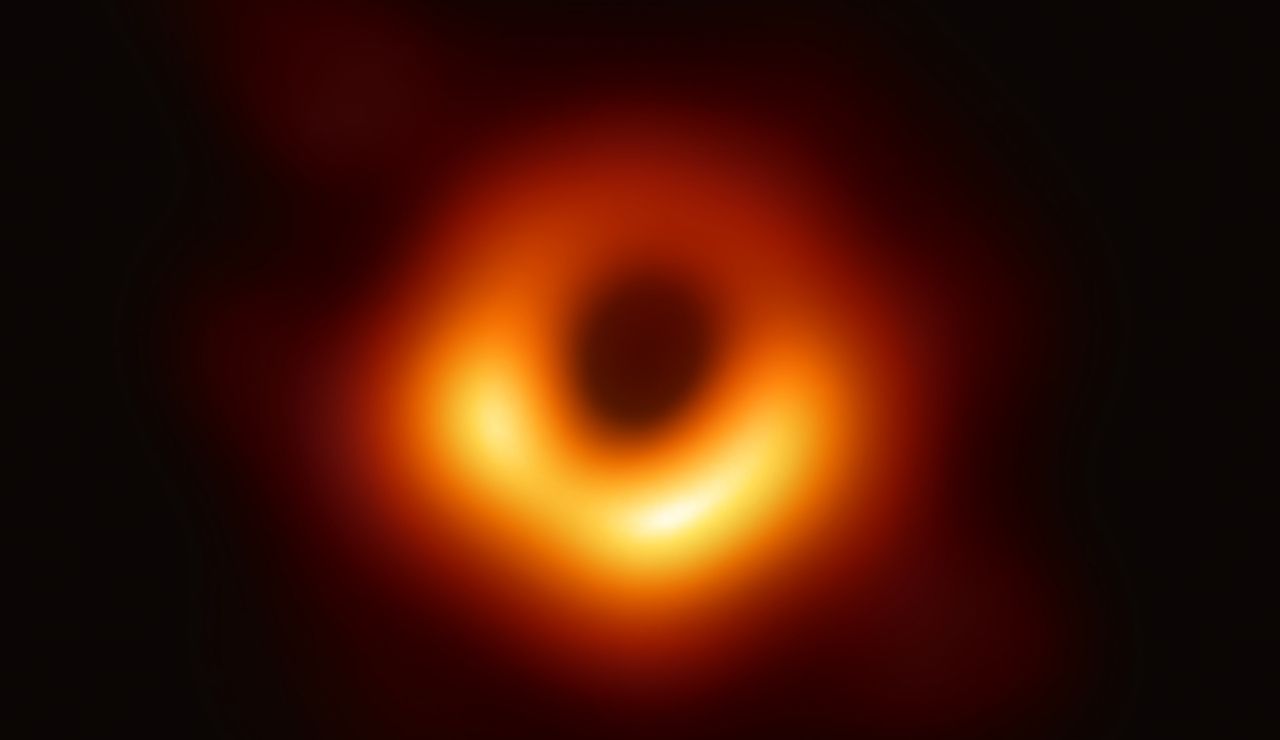
One surprise was the discovery of massive black holes inside early galaxies. These structures existed when the universe was still very young. Their presence challenged current models, which assumed black holes took longer to reach that size. Webb’s findings suggested that galaxies and black holes may grow together much earlier than once believed.
5. Unexpected Patterns in Galaxy Shapes
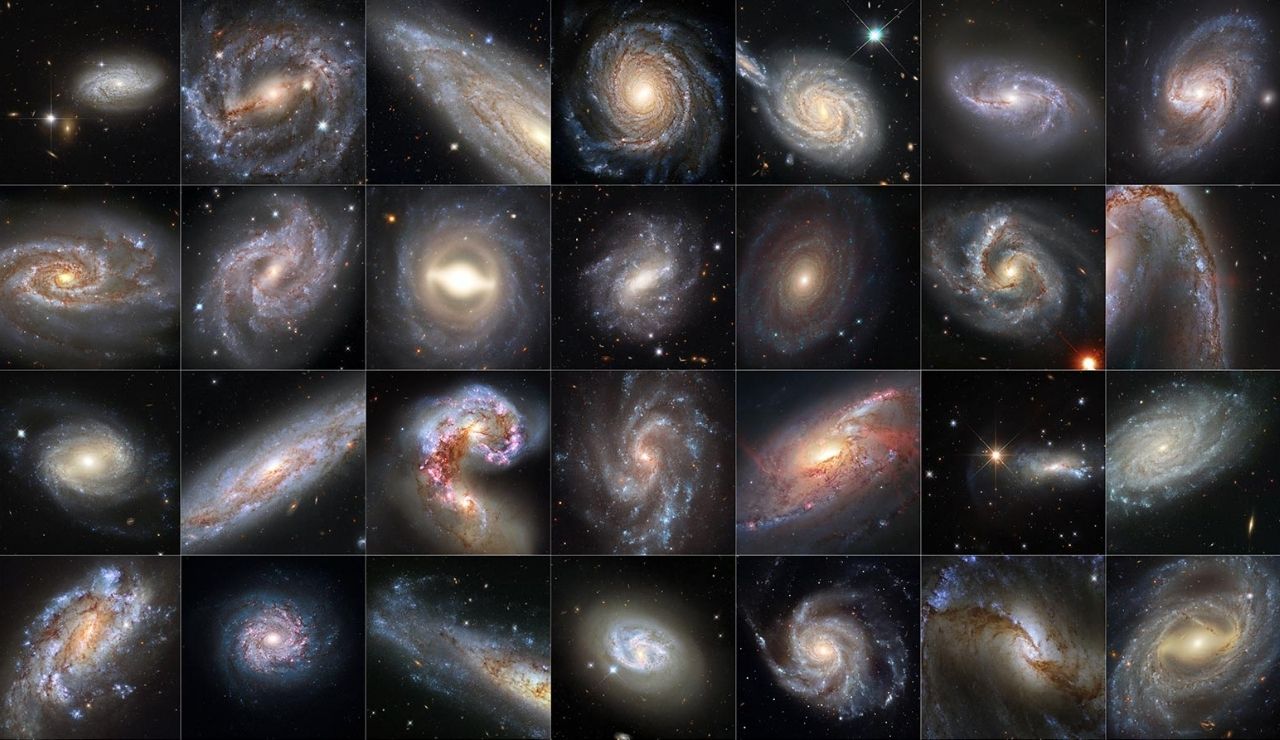
Webb spotted galaxies with spiral arms and organized shapes in the early universe, even when galaxies were expected to look chaotic. This forced astronomers to revise ideas about when structure emerged. Instead of slow growth, some galaxies may have formed in organized patterns from the start, showing that the early universe was more active than previously thought.
6. Clearer View of Jupiter’s Atmosphere
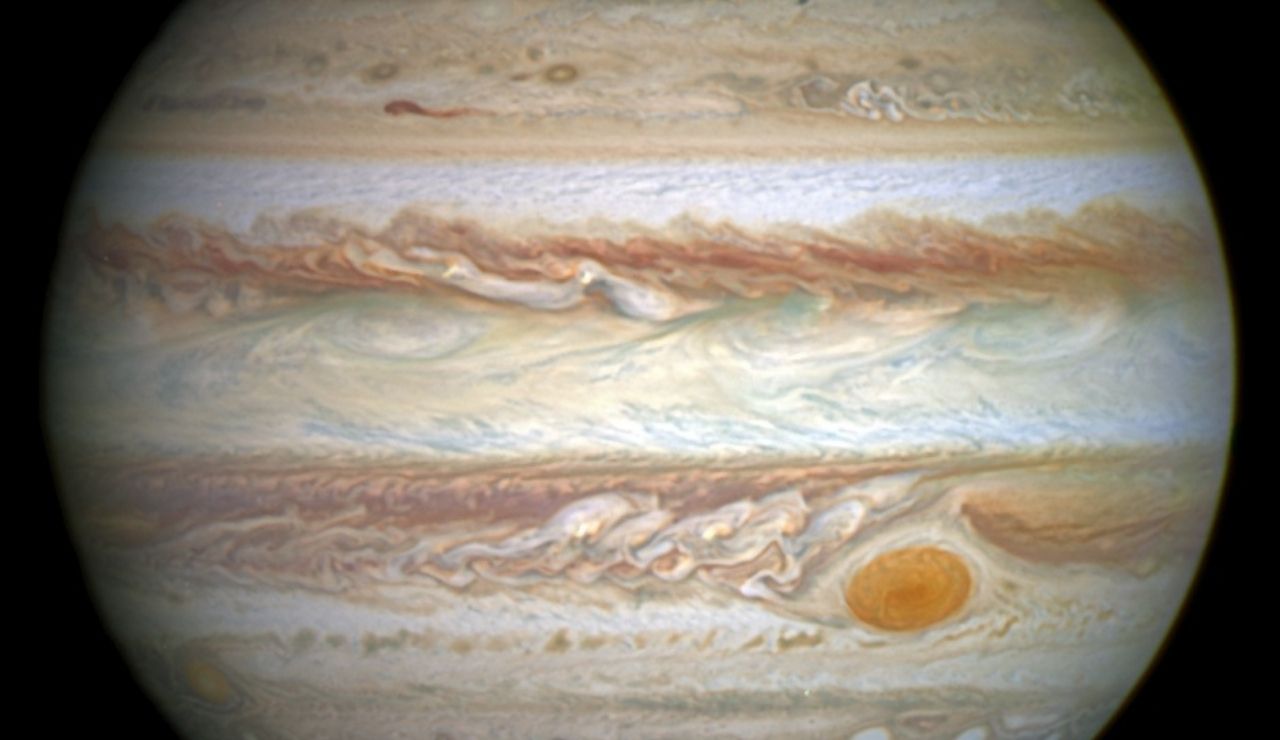
Though designed to observe distant galaxies, Webb also turned its focus on Jupiter. It revealed storm systems, heat patterns, and auroras in crisp detail. These views helped scientists better understand gas giant behavior and provided new data about planetary weather systems. The telescope proved it could contribute both to deep space research and solar system studies.
7. Mapping Dark Matter With Greater Precision
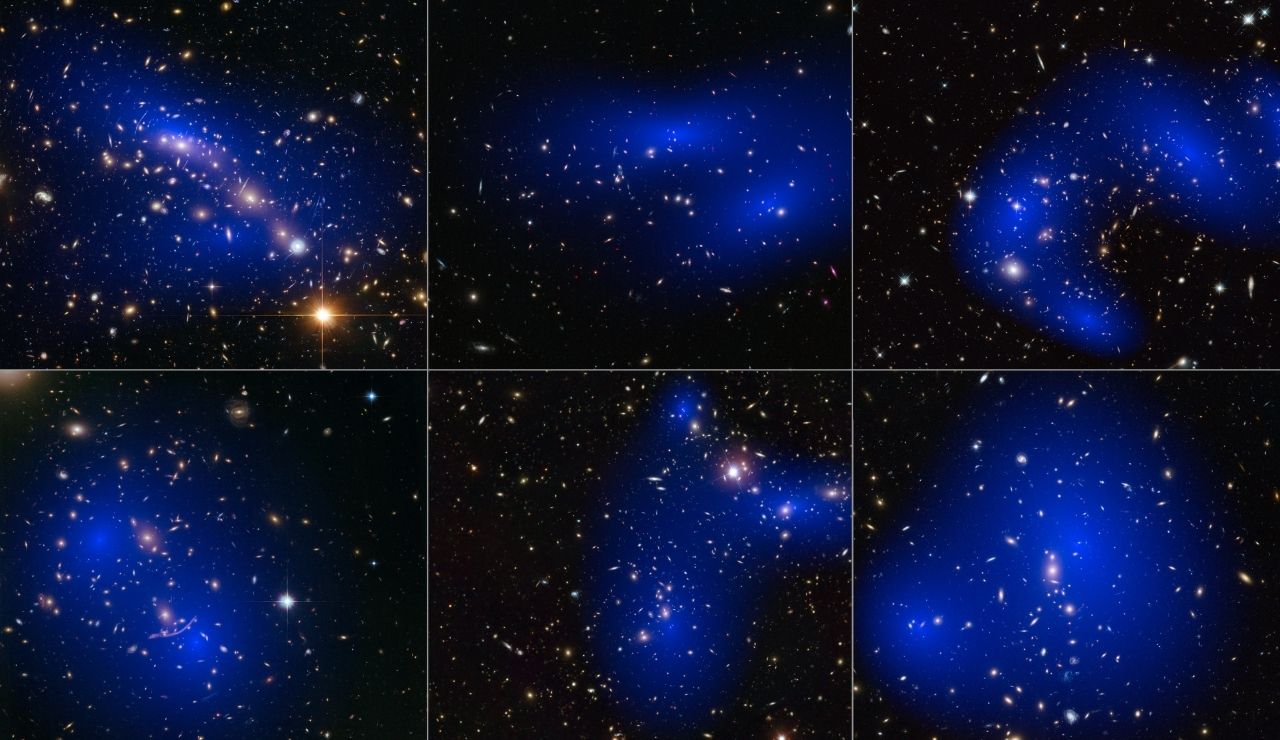
Using gravitational lensing, Webb helped map how light bends around massive galaxy clusters. This process revealed new details about the invisible dark matter holding those clusters together. By studying how galaxies shift and stretch behind these clusters, scientists gained better measurements of dark matter’s role in shaping cosmic structure across time.
